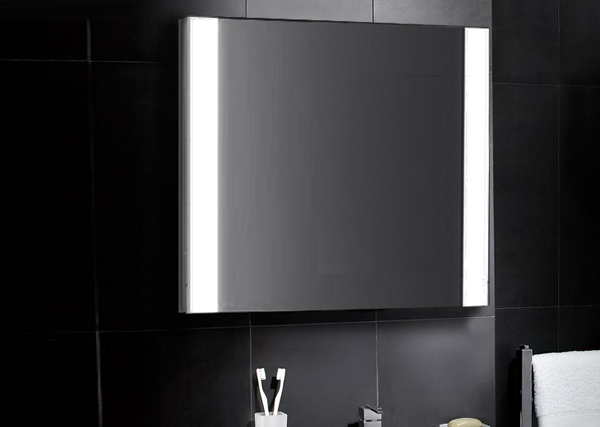The Benefits of LED Technology
Light Emitting Diodes (LEDs) are one of the latest and most important technological advancements in today's lighting industry. LEDs come in various shapes and sizes, and are incredibly energy efficient, whilst also having a very .long life span. Since their introduction on the global market, LEDs have replaced the incandescent bulbs in numerous applications and industries, such as the automotive and aerospace industry, or residential and architectural lighting. Below, you will find the 5 most important benefits of switching from traditional lighting to LED technology.
Energy Saving
LEDs are considered to offer today's most efficient type of lighting. The energy efficiency of LEDs is close to 90%, compared to the 20% efficiency of traditional, incandescent bulbs. Due to their incredible efficiency levels, less than 20% of the energy is lost during the conversion or energy to light. With incandescent lighting, more than 80% of the energy is lost through heat. Due to their high efficiency rating, you're going to reduce your electricity bill, instead of wasting electrical energy on heating the room.
Longer Lifetime
One of the most important benefits of LEDs is their incredible lifetime. The newest diodes and LED bulbs are expected to last up to 100 thousand hours. At 100% power, this translates into 11 years of continuous lighting. Ideally, an LED bulb can last up to 20 years if used approximately 8 hours per day, every day. Their long lifetime, paired with the reduced energy waste, can lead to more efficient energy consumption levels.
Extremely Flexible
Due to the fact that the diode only occupies a small portion of the final product, LED bulbs can come in all shapes and sizes. Moreover, LEDs can produce more than just white light. The diodes come in various colours, making it easy to choose the LEDs that best suit your needs. Another important aspect of LEDs is that they can be dimmed. This offers an extra level of control over the lighting of each room. Dimmed LEDs are already being used in airplanes, busses, and even classrooms, in order to offer a lighting solution that doesn't disturb the eyes of passengers and students.
Very Low UV Emissions
Traditional, incandescent light bulbs are not only responsible for emitting excessive heat, but also harmful UVs. Because LEDs work differently, the UV emissions are much lower, thus less harmful for humans. Due to this fact, LED lights became the number one choice for archaeological sites, art galleries, and museums – which are areas where UV and infrared emissions could damage the materials.
Very Durable
The durability of LEDs is an important aspect if the light sources are continuously switched on and off. Unlike incandescent bulbs, LEDs can be switched on and off without damaging the lifetime or the quality of light emitted. This makes LEDs exceptionally useful for traffic lights or sensor activated light solutions. Moreover, once turned on, each LED operates instantly at full capacity, unlike incandescent bulbs, which need to heat up before they are able to provide full brightness.

